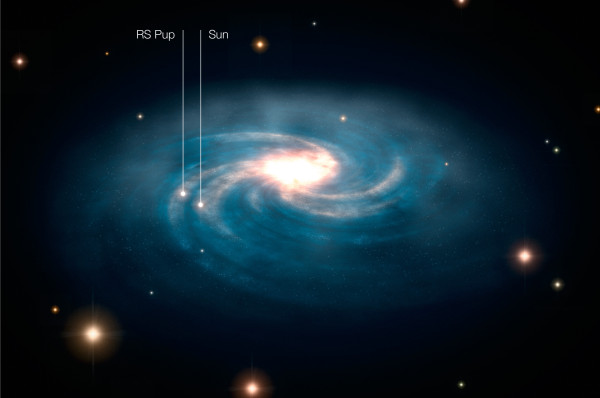“What is history? An echo of the past in the future; a reflex from the future on the past.” -Victor Hugo
When stars are born of a certain mass -- between about 10 and 40 times the mass of the Sun -- they can evolve into yellow supergiants when they burn through the hydrogen in their cores. As the outer layers expand, cool, contract, heat up, and pulse in this fashion, they can occasionally be blown off to form a gaseous cloud surrounding the star.
These Cepheid variable stars have been known and studied for over a hundred years, and vary tremendously in brightness over a period of days. Thanks to the properties and 3D structure of the gas surrounding it, RS Puppis -- imaged by Hubble over a period of months -- is the most precisely measured Cepheid of all in terms of cosmic distance.
Check out Mostly Mute Monday and get the full story!



Let's not have mostly mute monday be an orphan :)
listen and watch the cepheides.. no need for words ;)
https://www.youtube.com/watch?v=xmADpBu_ZCA